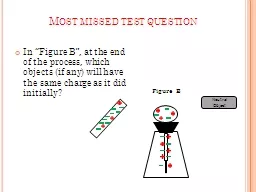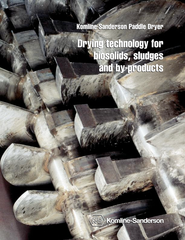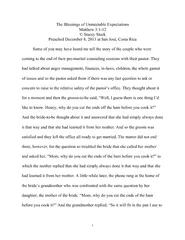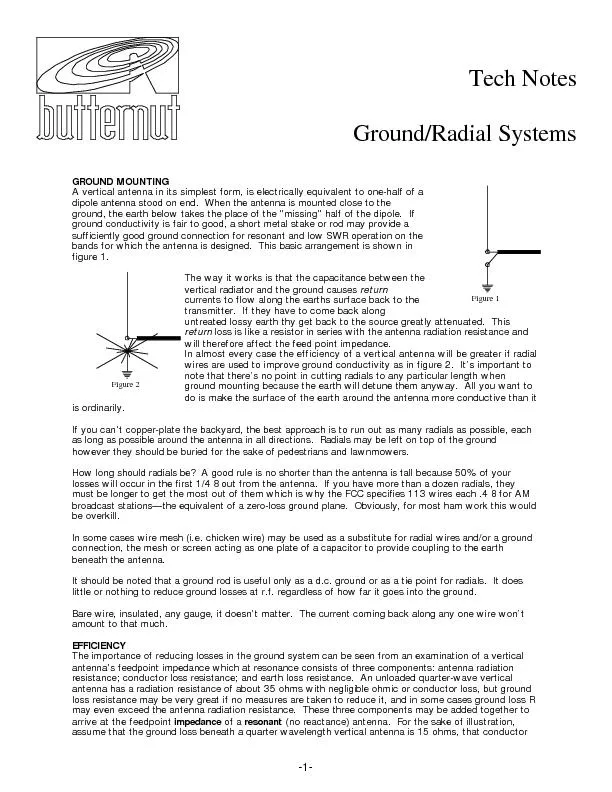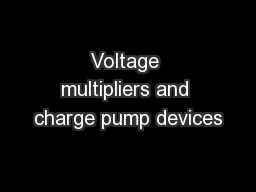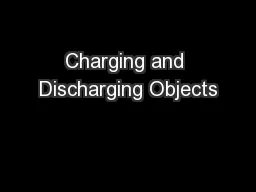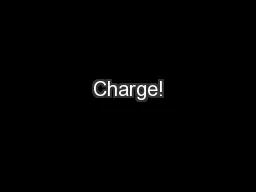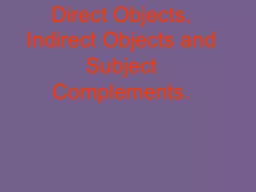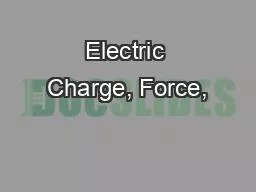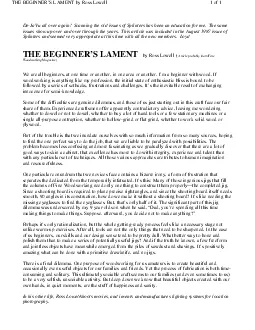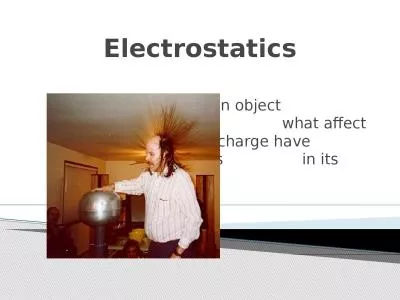PPT-In “Figure B”, at the end of the process, which objects (if any) will have the same
Author : danika-pritchard | Published Date : 2018-11-01
Neutral Object Figure B Most missed test question Most missed test question If switch 2 and 4 are open and all other switches are closed which devices will be
Presentation Embed Code
Download Presentation
Download Presentation The PPT/PDF document "In “Figure B”, at the end of the pro..." is the property of its rightful owner. Permission is granted to download and print the materials on this website for personal, non-commercial use only, and to display it on your personal computer provided you do not modify the materials and that you retain all copyright notices contained in the materials. By downloading content from our website, you accept the terms of this agreement.
In “Figure B”, at the end of the process, which objects (if any) will have the same: Transcript
Download Rules Of Document
"In “Figure B”, at the end of the process, which objects (if any) will have the same"The content belongs to its owner. You may download and print it for personal use, without modification, and keep all copyright notices. By downloading, you agree to these terms.
Related Documents

